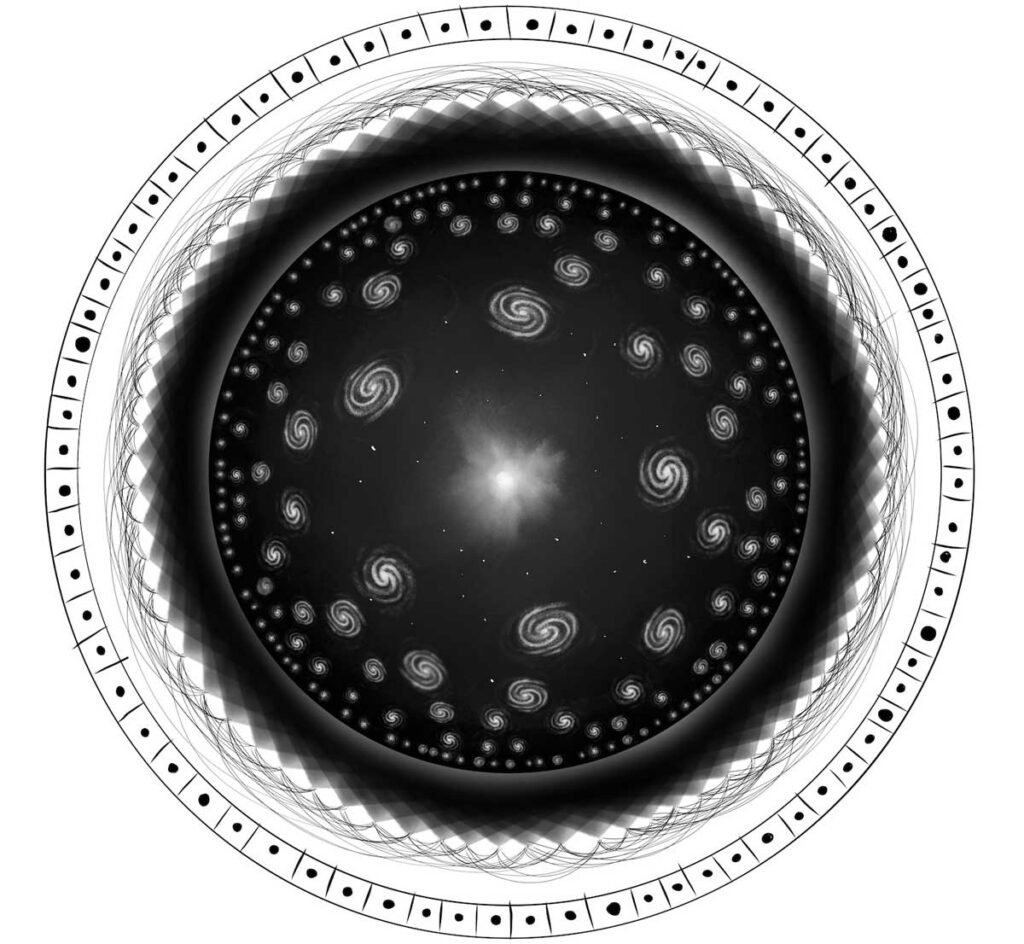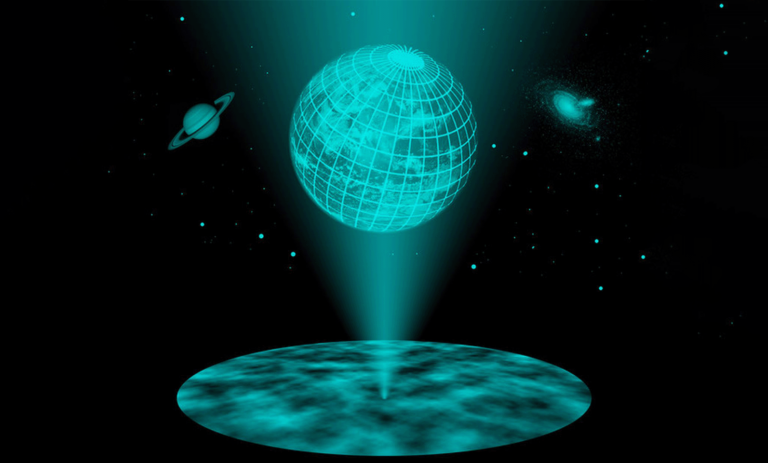Stephen Hawking’s Closest Collaborator Explains His Final Theory: ‘The Universe is a Hologram’
My good friend and co-worker Thomas Hertog examines the Big Bang conception’s prehistory in this, the sixth anniversary of Stephen Hawking’s death.
I was officially assigned as his PhD student in 1998 ‘to work on a quantum theory of the Big Bang. ’ Thus, along the about 20 years, what started as a doctoral study turned into a successful partnership, which became interrupted only six years before when Hawking died on March 14, 2018.
Our mystery, the thing that we tried to solve at the time, was how the Big Bang could have given conditions so favourable for the existence of life. What does it mean for the submerged play to suddenly and openly state its desire for the screen?
Questions like these take physics way out of its comfort zone. But this was where Hawking enjoyed having gone. Indeed, a significant part of his research was driven by such an opportunity or, better still, hope that he would be able to comprehend the idea of the universe.
Since we were both students in the faculty of science, the bond between us eventually developed. When one was with him, one could not help being driven by his resolve and by his epistemological optimism that we could solve such fascinating cosmic questions.
Thus, he managed to make me feel as though we were creating something that was as significant as the initial existence of mankind.
From the 1930s, the Belgian priest-astronomer Georges Lemaître, put forward the appeasing ideas of big bang theory. As far as is publicly known, Albert Einstein rejected it on the grounds that it mimicked the CARTESIAN philosophy of the roman church. In the end nevertheless, Hawking and Roger Penrose supported Lemaître on that hypothesis.
Since then, the beginning of time participated in the foundation for Big Bang cosmology and was a weakness of the theory’s argumentation. For what precise purpose could time come?
Generally, Hawking gives a daring and quite contrary to expectations conclusion in his final theory about the Big Bang. It conceives the Universe as a holograph.

A third dimension of space can be seen coming from dots and scribbles on a screen in a famous hologram. The actual aspect of the universe with which time can be identified is the frequency that can be imprinted in the hologram concept motivating theoretical physicists.
Stephen appreciated it when this concept was represented in a more disk like manner as shown in the image above. The second circle illustrates an endless hologram consisting of numerous qubits that are linked together and are eternal.
From this, the disk displays expansion of the Universe as a process of its development. In the center of the disk is the place where the universe was born and it moves radially outward from the center.
It turns out that this universe is created out of a code expressed on entangled qubits, which is how time looks like to us.
Furthemore, one can penetrate deeper into the disk’s interior while obtaining the less resolved image of the hologram. It is like zooming out. But of course, the problem is that one day, all the pieces are gone. This in our theory, is the process of creation where time was created.
This, there can be nothing before the BB, for the past that holographically unfurls does not go back further.
These arguments give us a new perspective on the great question of the universe’s purpose. At the infancy of his work, Hawking sought to give an account of the universe as being a product of the quantum initiation.
At the time, Stephen had sought to ‘justify’ the start and formation of the universe essentially with the help of causality, or with the question ‘why’ rather than ‘how’. But the discovery of holography offers a completely different view of cosmogenesis if one is interested in a concept that is utterly distinct from the traditional notion of the world’s creation.
It says that as one moves back in time to actualize big bang, physics as a discipline ceases to exist. In holography, the Big Bang seems to be present not as the starting point of time but as the appearance of laws.
Therefore, what has been left of the historically asked question about the ultimate source of the Big Bang’s occurrence? The late Hawking acknowledged that it would seem to vanish. And not the laws as such but the capability of these laws to evolve and metamorphose is the last word.
Do not forget to share your opinion with us to provide you with the best posts !




0 Comments